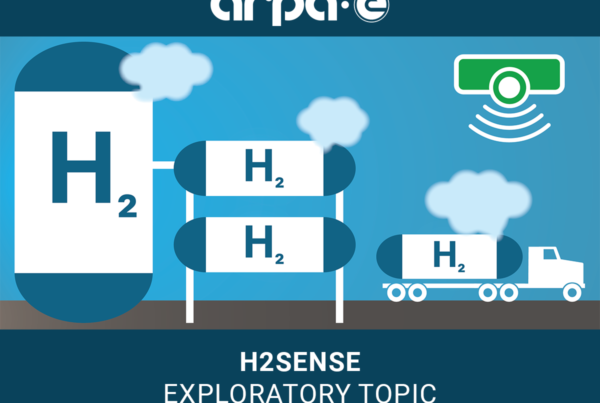
EAST HARTFORD, Conn.,– Pratt & Whitney has been selected by the U.S. Department of Energy (DoE) to develop novel, high-efficiency hydrogen-fueled propulsion technology for commercial aviation, as part of DoE’s Advanced Research Projects Agency-Energy (ARPA-E).
The Hydrogen Steam Injected, Inter‐Cooled Turbine Engine (HySIITE) project will use liquid hydrogen combustion and water vapor recovery to achieve zero in-flight CO2 emissions, while reducing nitrogen-oxide (NOx) emissions by up to 80 percent and reducing fuel consumption by up to 35 percent for next generation single-aisle aircraft.
The aid will be implemented as a subsidy to be received by the beneficiary, definitively, once the execution of the project is verified and the eligible costs incurred are proven. In the event that the applicant is a business group, it must have the participation of at least one SME.
The total aid per project is limited to 15 million, in accordance with Regulation (EU) 651/2014 of the Commission, of June 17, 2014 (RGEC), and the maximum intensity to be granted for each of the actions will be as follows (Aid for hydrogen-powered vehicles can be consulted in the call) :
“This truly is an exciting opportunity to start developing the key technologies that could bring the industry’s first hydrogen steam injected, inter-cooled engine from concept to reality,” said Geoff Hunt, senior vice president, Engineering and Technology, at Pratt & Whitney. “For nearly 100 years, Pratt & Whitney has been at the forefront of innovating cutting-edge technologies to continually advance the efficiency of aircraft engines, and we are thrilled to be selected to work on what could be the next breakthrough technology for aviation.”
The HySIITE engine will burn hydrogen in a thermodynamic engine cycle that incorporates steam injection to dramatically reduce emissions of NOx, a greenhouse gas. The semi-closed system architecture planned for HySIITE will achieve thermal efficiency greater than fuel cells and reduce total operating costs when compared to using “drop in” sustainable aviation fuels. This is the first direct collaboration between Pratt & Whitney and ARPA-E.
“Pratt & Whitney has a long legacy with hydrogen-fueled propulsion, and we are excited to advance this emerging technology as part of our comprehensive strategy to support the aviation industry’s ambitious goal of achieving net zero aircraft CO2 emissions by 2050,” said Graham Webb, chief sustainability officer at Pratt & Whitney. “Partnerships with public agencies such as the Department of Energy have a vital role to play towards developing and maturing technologies that could have a global impact on reducing the environmental footprint of aviation.”
About Pratt & Whitney
Pratt & Whitney is a world leader in the design, manufacture and service of aircraft and helicopter engines, and auxiliary power units. To learn more visit www.prattwhitney.com. To receive press releases and other news directly, please sign up here.
Read the most up to date Fuel Cell and Hydrogen Industry news at FuelCellsWorks




